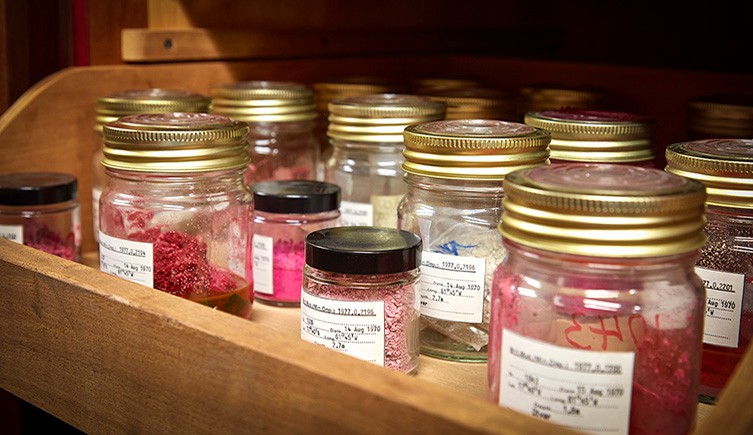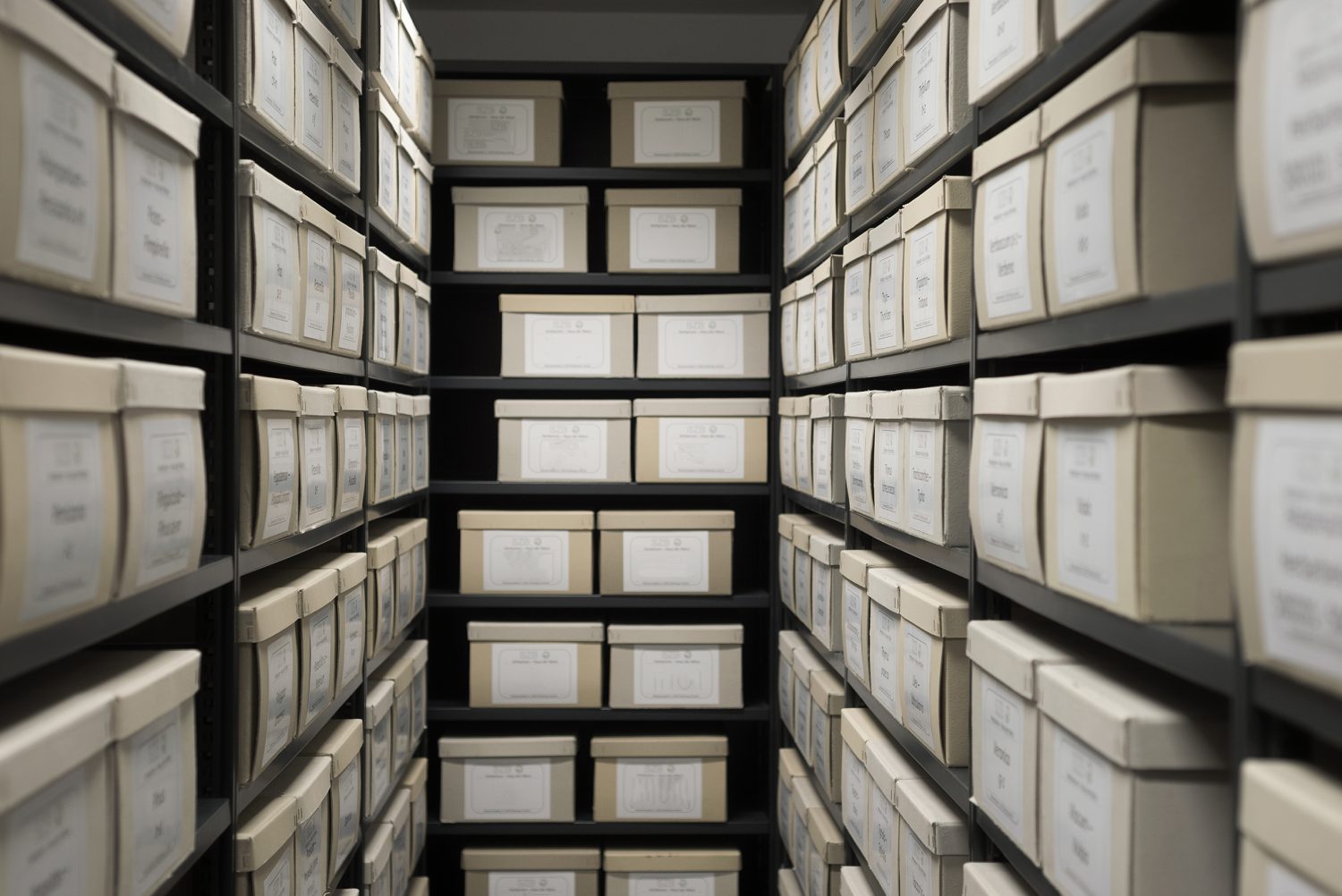 I’m in awe and envious of the British Natural History Museum’s new storage facility in Reading, UK! Their new storage facility will be located in the Thames Valley Science Park in collaboration with the University of Reading. It is estimated the Museum will move approximately 27 million specimens to its new facility which is the size of three football pitches! The move will create a wonderful research cluster making collaboration much more efficient with other institutions. The Science Park is also already home to several science, creative and cultural institutions, including the British Museum, the Rutherford Science Centre, Shinfield Studios and Oxford Quantum Circuits. The proximity of the site to Oxford University, Harwell and the UK Centre of Ecology and Hydrology will also allow for additional potential collaborations. The University of Reading is already host to three other amazing museums: the Museum of English Rural Life, the Cole Museum of Zoology (famously home to Norman the former Circus Elephant) and the Ure Museum of Greek Archaeology.
I’m in awe and envious of the British Natural History Museum’s new storage facility in Reading, UK! Their new storage facility will be located in the Thames Valley Science Park in collaboration with the University of Reading. It is estimated the Museum will move approximately 27 million specimens to its new facility which is the size of three football pitches! The move will create a wonderful research cluster making collaboration much more efficient with other institutions. The Science Park is also already home to several science, creative and cultural institutions, including the British Museum, the Rutherford Science Centre, Shinfield Studios and Oxford Quantum Circuits. The proximity of the site to Oxford University, Harwell and the UK Centre of Ecology and Hydrology will also allow for additional potential collaborations. The University of Reading is already host to three other amazing museums: the Museum of English Rural Life, the Cole Museum of Zoology (famously home to Norman the former Circus Elephant) and the Ure Museum of Greek Archaeology.

I’m so impressed that the UK government has taken the storage of its most precious Natural History specimens seriously! This will in no doubt be a costly venture, but well worth the investment in the end. It also further enhances the preservation and security of the specimen collection. Security and preservation is something the British Natural History Museum is well acquainted with after the famous case of Edwin Rist, This individual broke into the British Natural History Museum’s Tring storage facility and stole a large amount of bird skins in order to resell the feathers to the fly-tying marketplace. This event is well described in the book “The Feather Thief”, which should be absolutely required reading for any museum curator!

While I’m celebrating the new storage facility for the British Natural History Museum, I can’t help but wonder and worry about the state of storage for smaller regional museums. Time and again I hear and read that smaller regional museums and archives across the world are facing a severe storage crisis. Too often irreplaceable specimens, artifacts and documents are stored in unsuitable and dilapidated conditions in regional museums and archives. When will national governments take their storage concerns seriously?
Thank you for reading our Blog Post! This review was written with the assistance of “Grammarly”. Grammarly is an amazing FREE tool that allows anyone to write like a professional! For more information and a free download, click here.
For our Reviews of excellent books on Natural History, Archaeology and Technology, please visit our main website!
